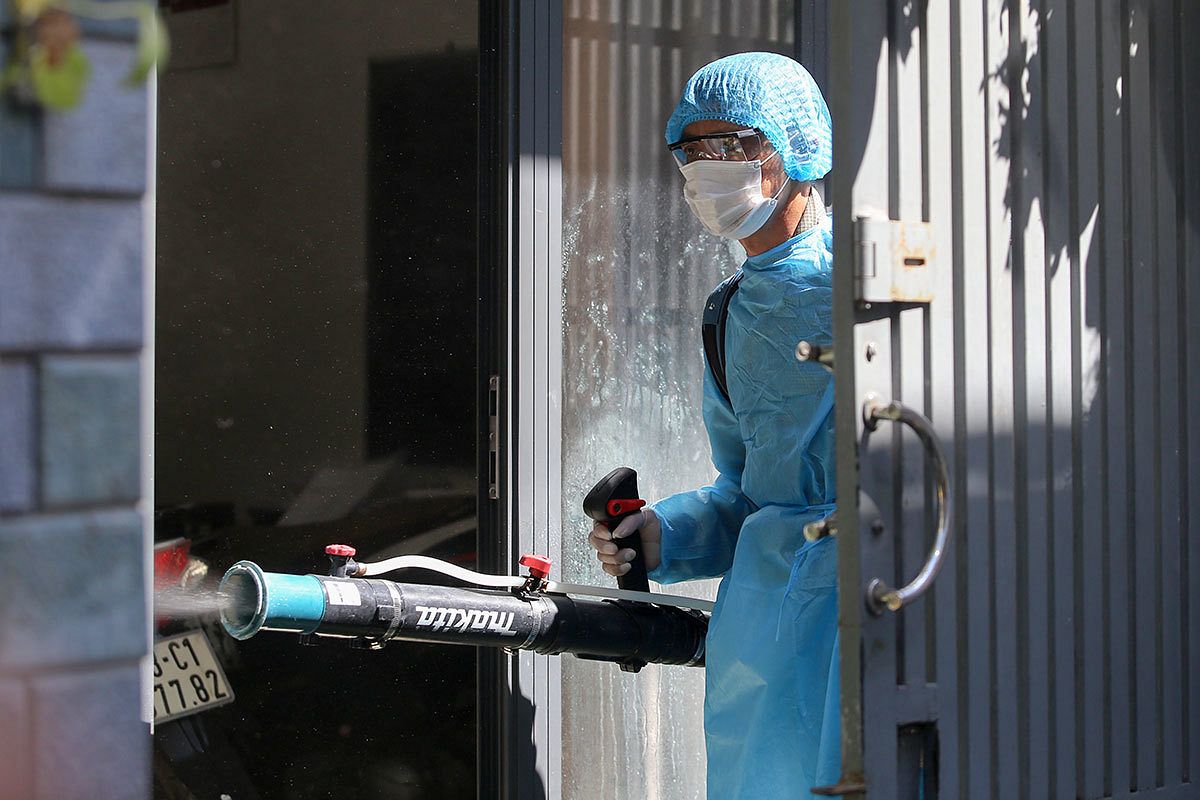Over the past few days, Vietnam has consistently reported new records in the total number of daily COVID-19 cases, signaling a possible upcoming wave of infections.
According to Tuoi Tre, from 4pm on February 19 to 4pm on February 20, 47,200 new cases were confirmed in Vietnam, the most-ever over the last two years. Hanoi topped the list with 5,102 cases, followed by Bắc Ninh with 2,360. Many provinces in northern and north-central Vietnam also recorded over 1,000 cases. According to the Hanoi Department of Health, as of February 18, over 161,000 cases are being treated at home while 1,165 patients are receiving care at centralized facilities and hospitals. Over 96% of F0s in Hanoi exhibit mild or no symptoms.
Still, optimistic signs could be seen in the Mekong Delta, where most provinces had caseloads only in the double-digits. Hậu Giang and Tiền Giang only reported 8 and 6 cases, respectively. In Saigon, 849 new infections were confirmed, showing no day-on-day increase, though the seven-day caseload increased three-fold to 2,934 compared to the period of February 5–11. This translated to a mild uptick in COVID-19 hospitalizations, even though severe cases are decreasing and mortality has been low to none.
To date, Vietnam has recorded 205 cases of the Omicron variant, both imported and in the community. Experts have not determined whether the recent COVID-19 boom could be attributed to the new variant.
In an interview with Tuoi Tre, former Director of the Vietnam General Department of Preventive Medicine Nguyễn Huy Nga commented that the new caseload, despite its magnitude, is likely just the tip of the iceberg, and the actual amount of infections in the community could be much higher.
“I think the actual number of cases could be 4–5 times more than the confirmed number. It’s because some F0s don’t report their diagnosis, some people are asymptomatic, and some probably don’t even know they have it,” Nga explained. “Now we have reached enough vaccine coverage, so the majority of COVID-19 patients have mild or no symptoms, so it’s difficult to gauge the exact number of new infections.”














